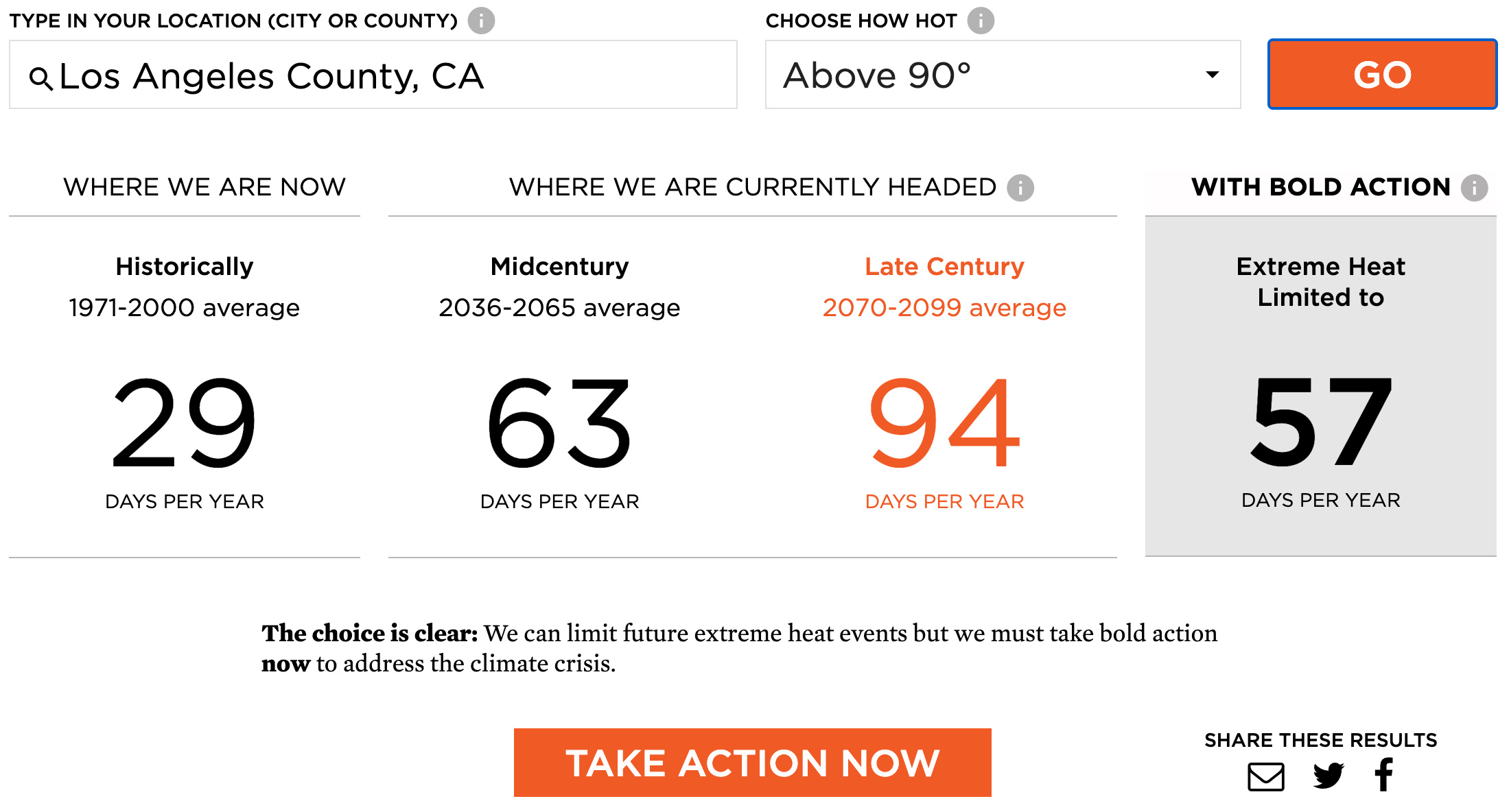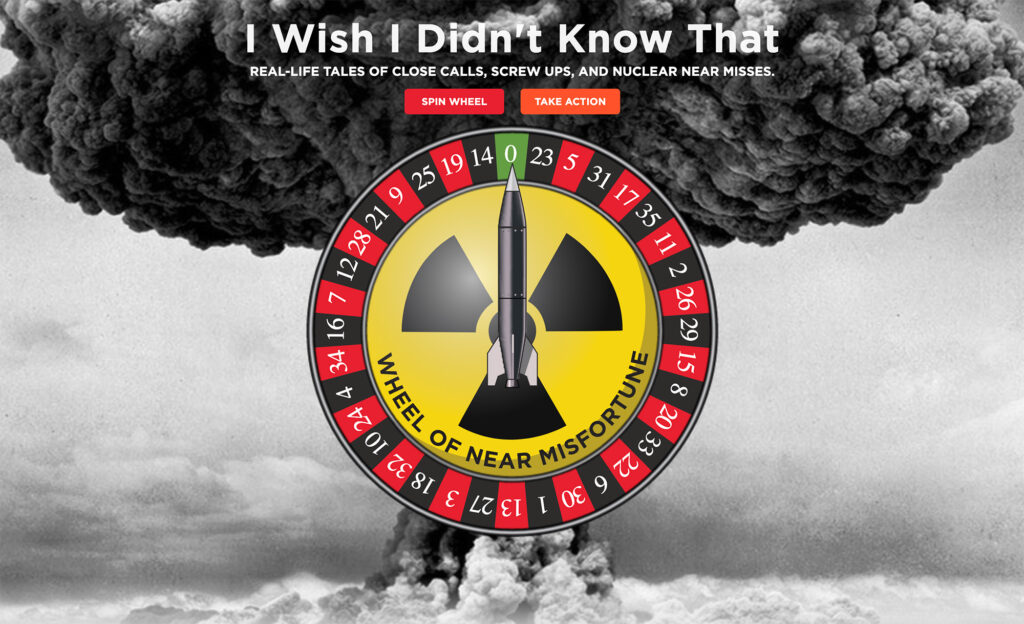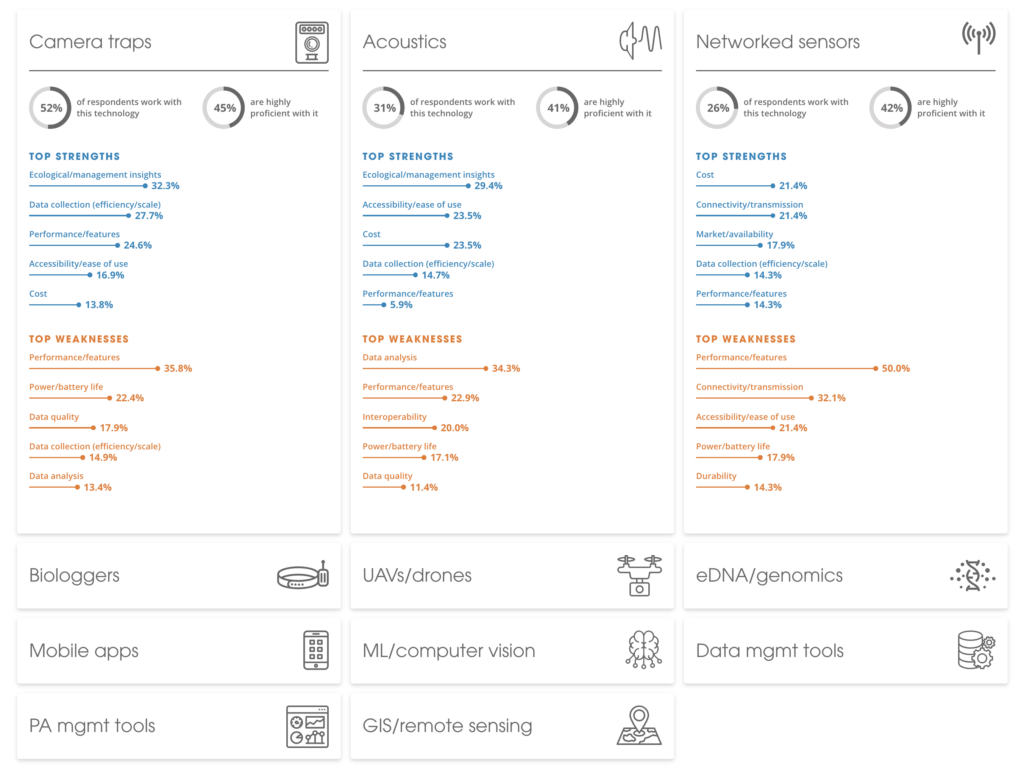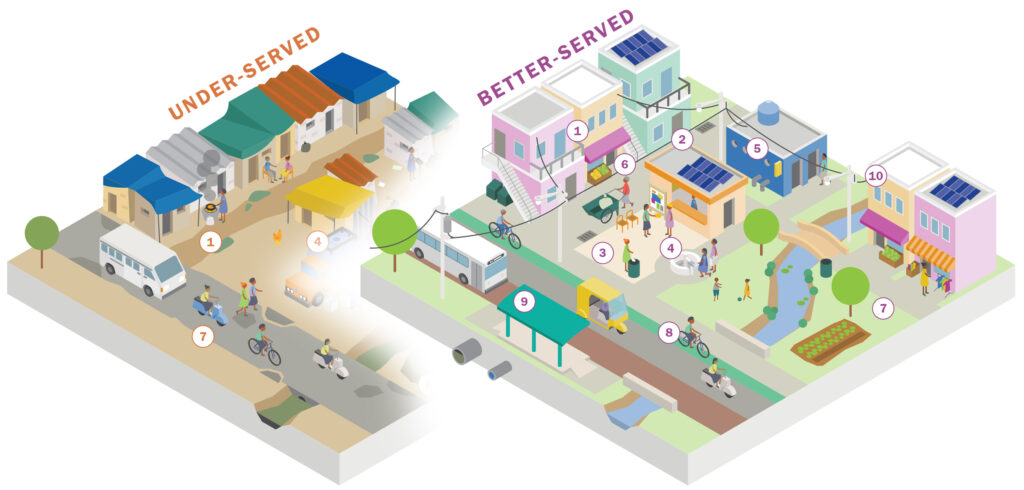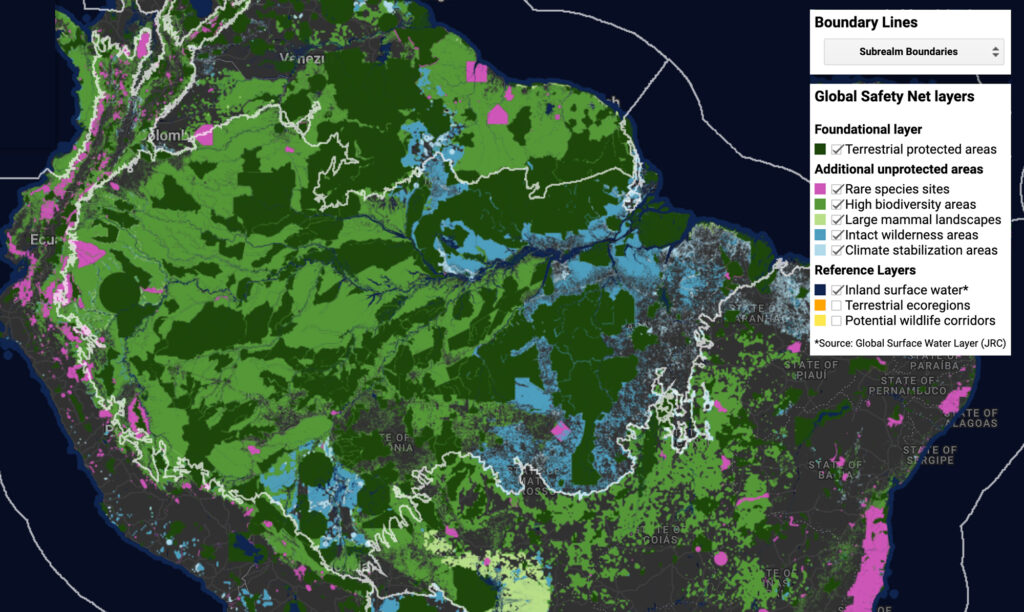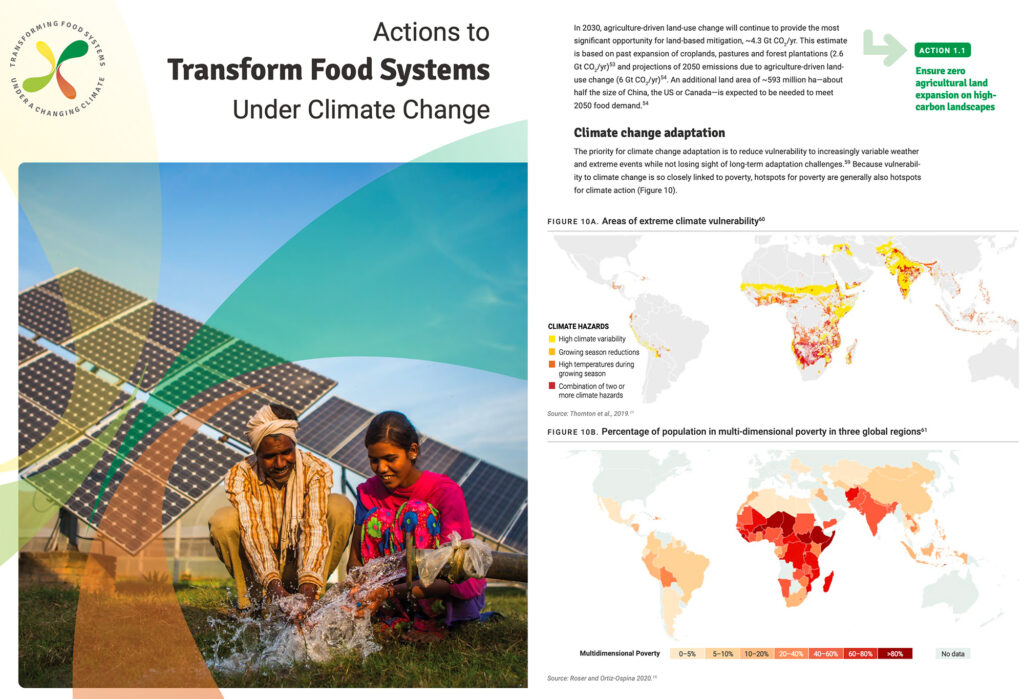Killer Heat Interactive Tool
Union of Concerned Scientists / 2019 / Environment & Climate Change
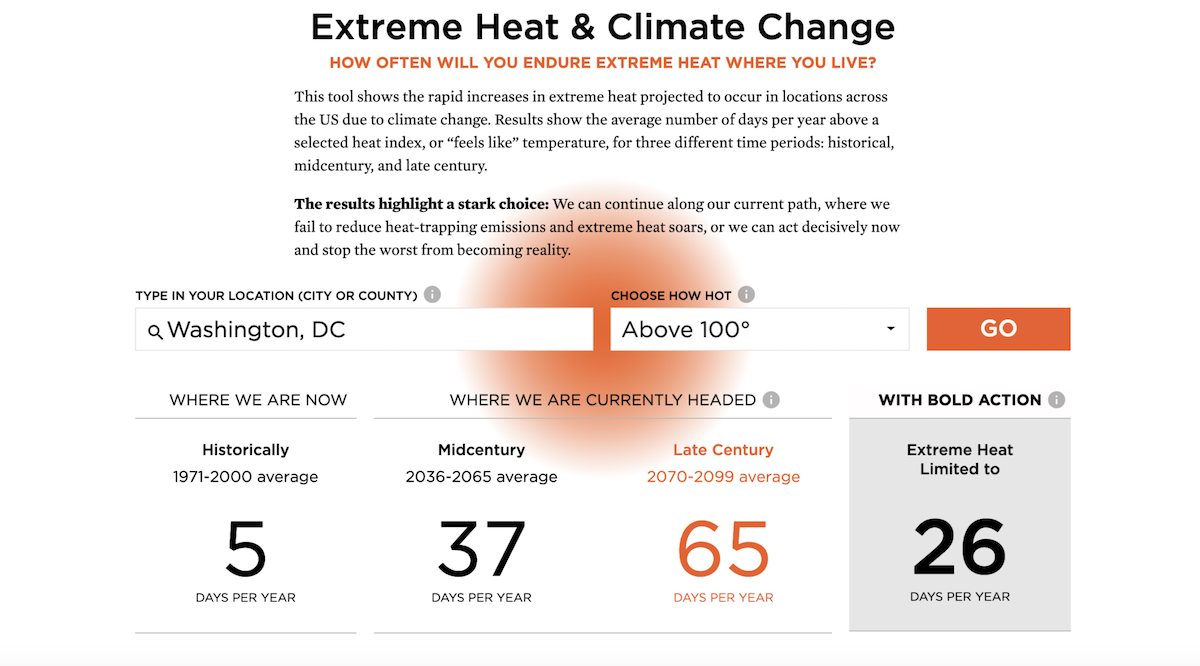
Overview
Graphicacy partnered with the Union of Concerned Scientists (UCS) to create an interactive companion tool for a report, “Killer Heat in the United States: Climate Choices and the Future of Dangerously Hot Days,” which shows the rapid increases in extreme heat projected to occur in locations across the US due to climate change. Results show the average number of days per year above a selected heat index, or “feels like” temperature, for three different time periods: historical, midcentury, and late century.
- Services
- Information Design
- Interactive Web Applications
- UX/UI Design
